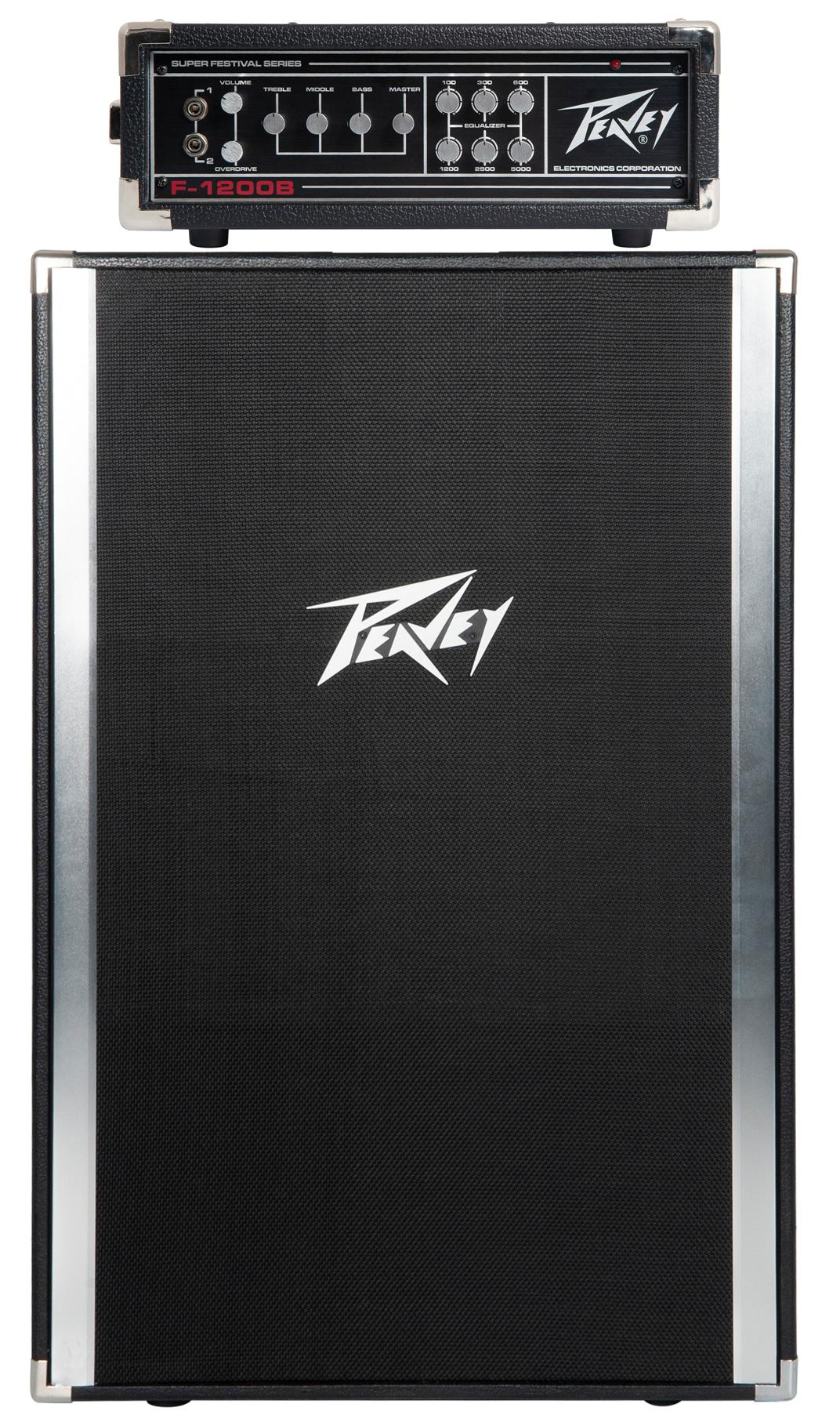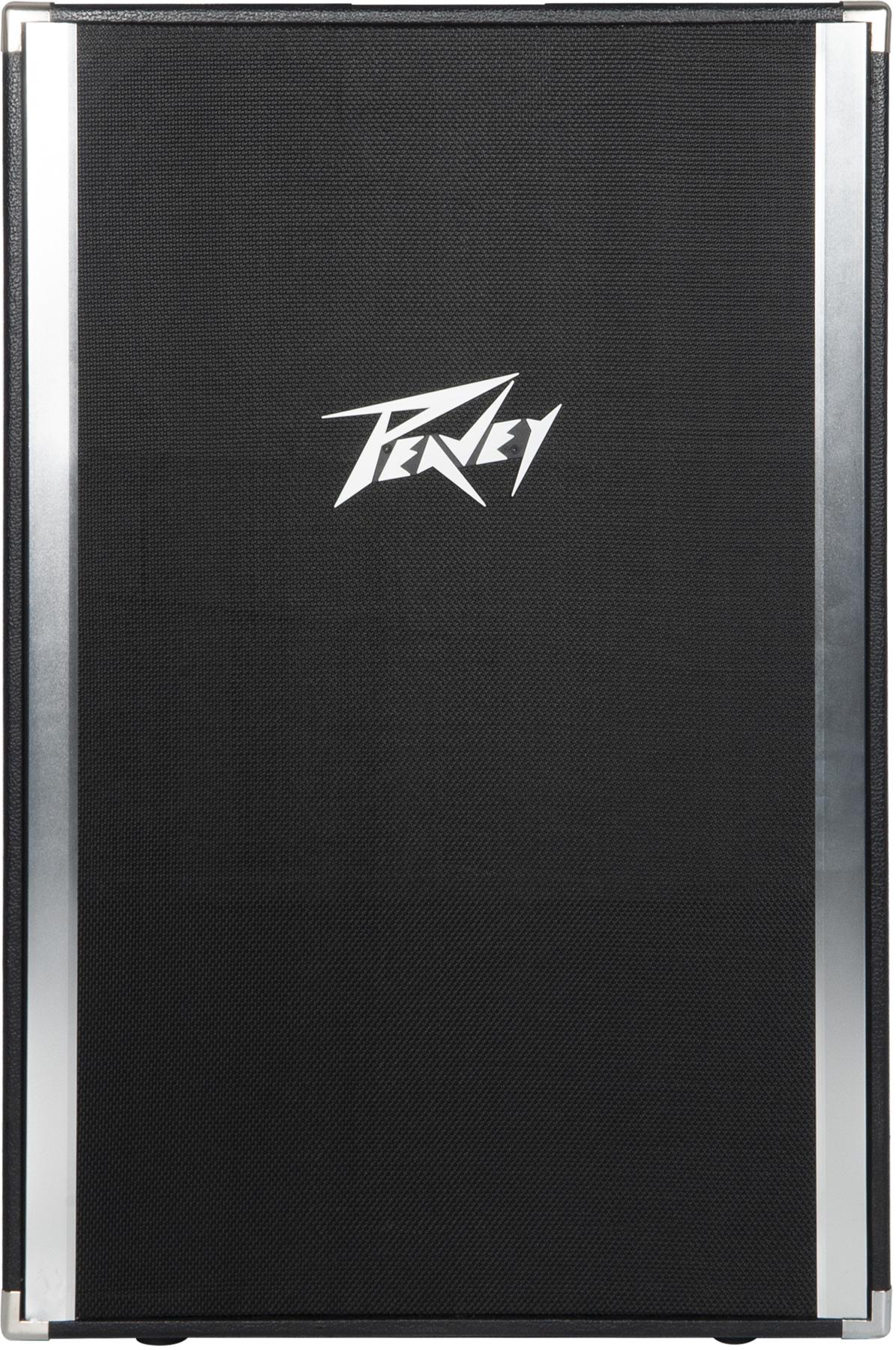ESP Guitars' signature series adds LTD signature series additions for Sammy Duet of Goatwhore, Alan Ashby from Of Mice & Men, and Javier Reyes of Animals As Leaders.
ESP Guitars is debuting the first LTD signature model for veteran ESP player Sammy Duet of New Orleans, LA-based extreme metal band Goatwhore with the LTD SD-2, and adding new signature models for Alan Ashby, guitarist from Of Mice & Men with the LTD AA-1 and for Javier Reyes of Animals As Leaders with the LTD JR-7.

The LTD Sammy Duet Signature Series SD-2 is based on Sammy’s own ESP Custom Shop model, made famous by its identifiable Random Star shape. It offers sturdy neck-thru-body construction at 24.75” scale, and a bound Macassar ebony fingerboard with 24 extra-jumbo stainless steel frets, diamond-shaped white pearloid inlays, and glow-in-the-dark side markers. Components on the LTD SD-2 include a Floyd Rose 1000 SE double-locking tremolo with stainless steel screws, and a single Seymour Duncan Blackout active pickup, designed to provide the hot, articulate response necessary for modern metal.

The LTD Alan Ashby AA-1 is an update to the Of Mice & Men guitarist’s previous Signature Series model. It adds a Black Satin finish/gold hardware design theme that extends all the way to its 24 extra-jumbo Jescar EVOgold frets. Intended for high-performance modern music, it offers neck-thru-body construction, a 3-piece mahogany neck, Macassar ebony fingerboard, a single aggressive EMG 81 active pickup with a brushed gold cover, and a TonePros locking TOM bridge with string-thru-body design.

The LTD Javier Reyes JR-7 is a 7-string version of the Animals As Leaders guitarist’s well-known 27” baritone scale ESP signature guitar. It offers neck-thru-body construction, a swamp ash body with quilted maple top, and a 5-piece walnut/maple/padauk neck with Macassar ebony fingerboard. Top-tier components on the JR-7 include a Hipshot bridge with string-thru-body, a set of Javier’s signature Fishman Javier Reyes Open Core Humbucker pickups, and a five-way super switch for pickup selection and coil splitting.
Detailed information and specifications for the entire collection of ESP and LTD Signature Series guitars and basses is available at the ESP web site at espguitars.com.






















